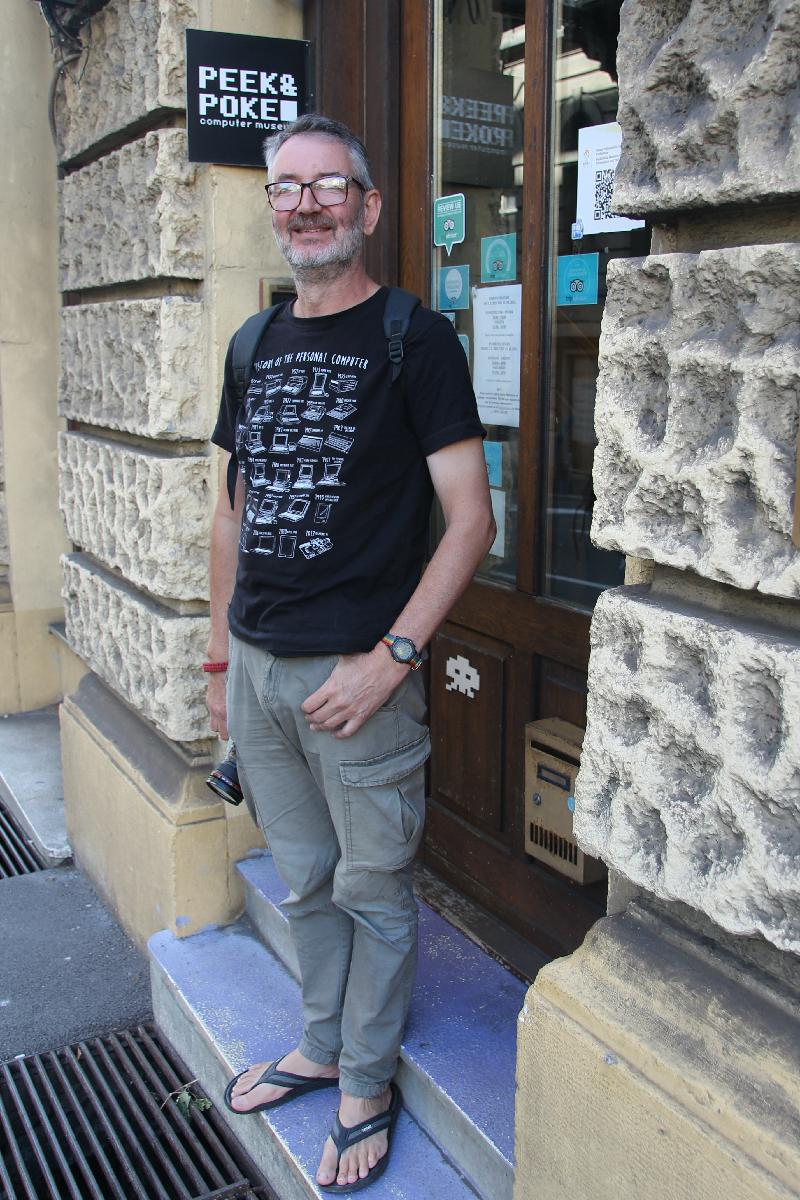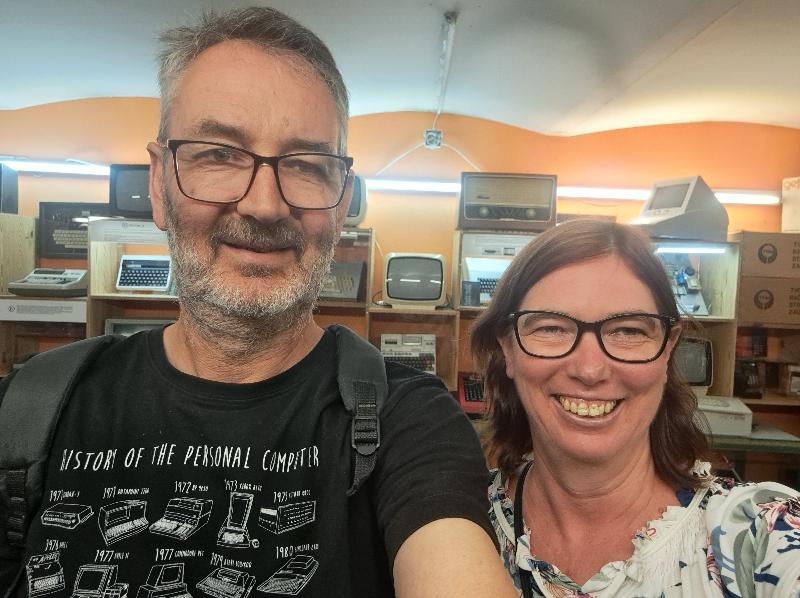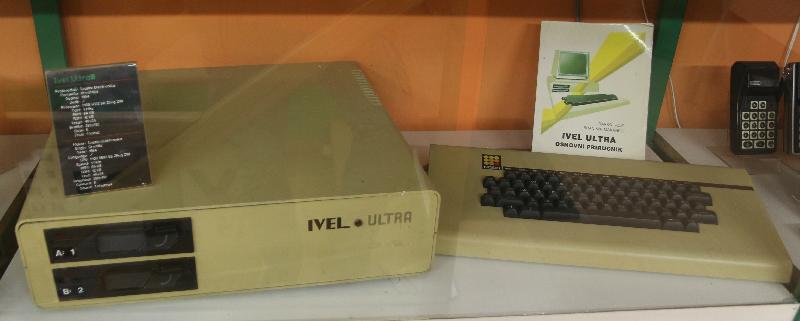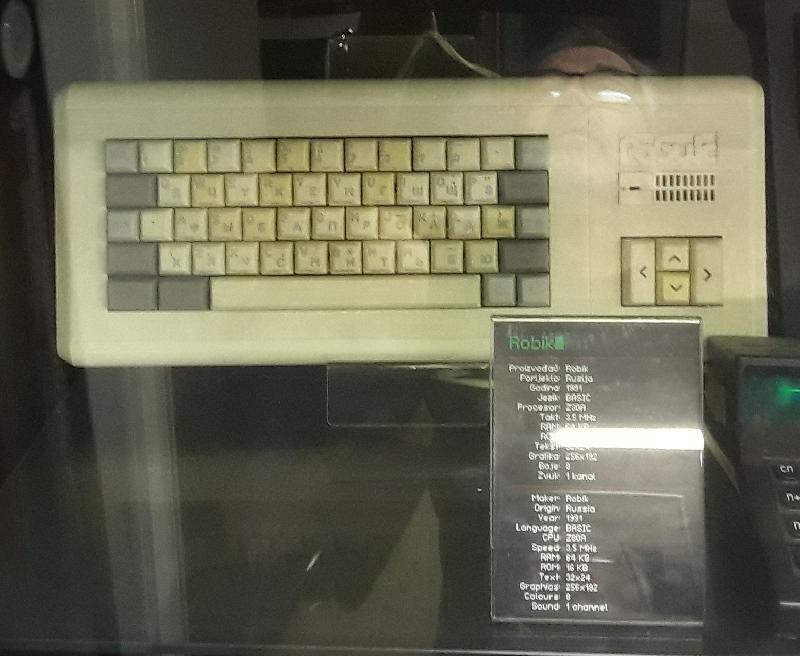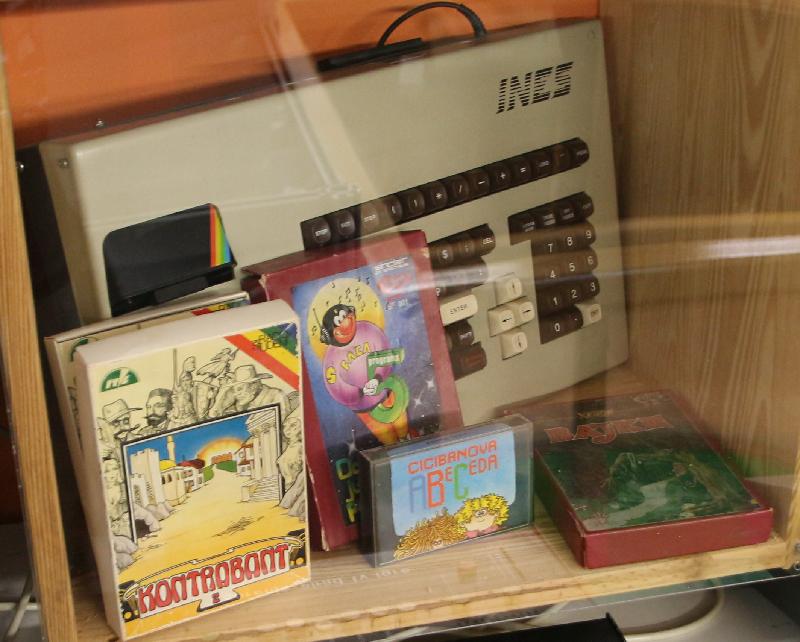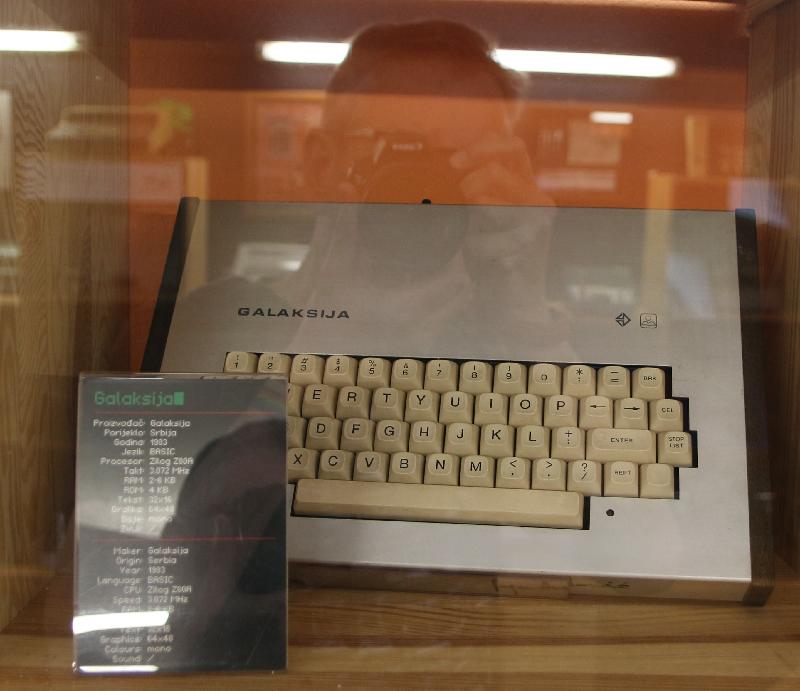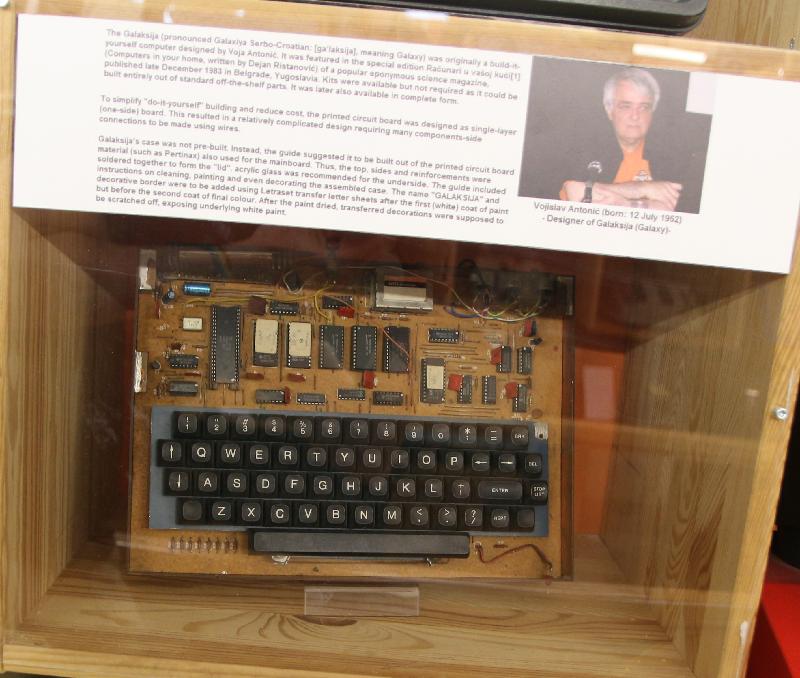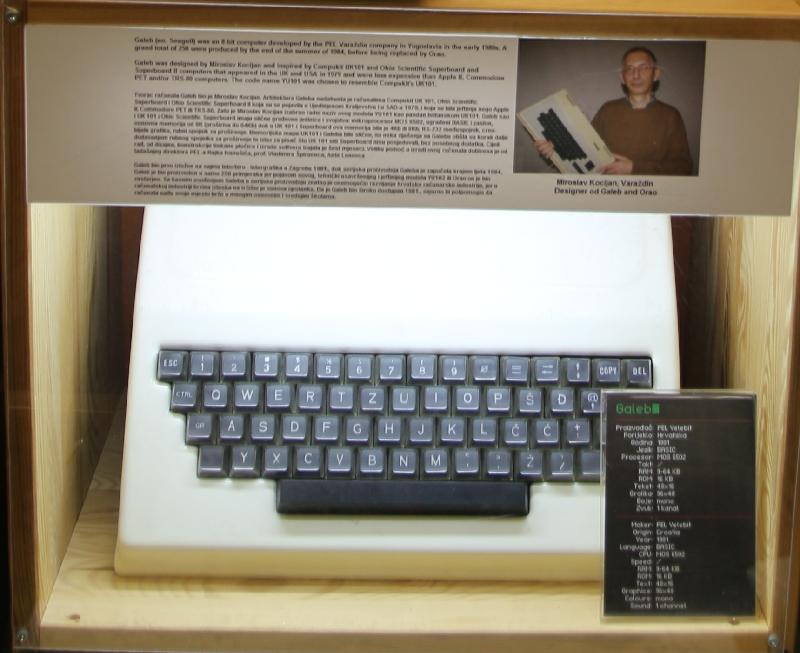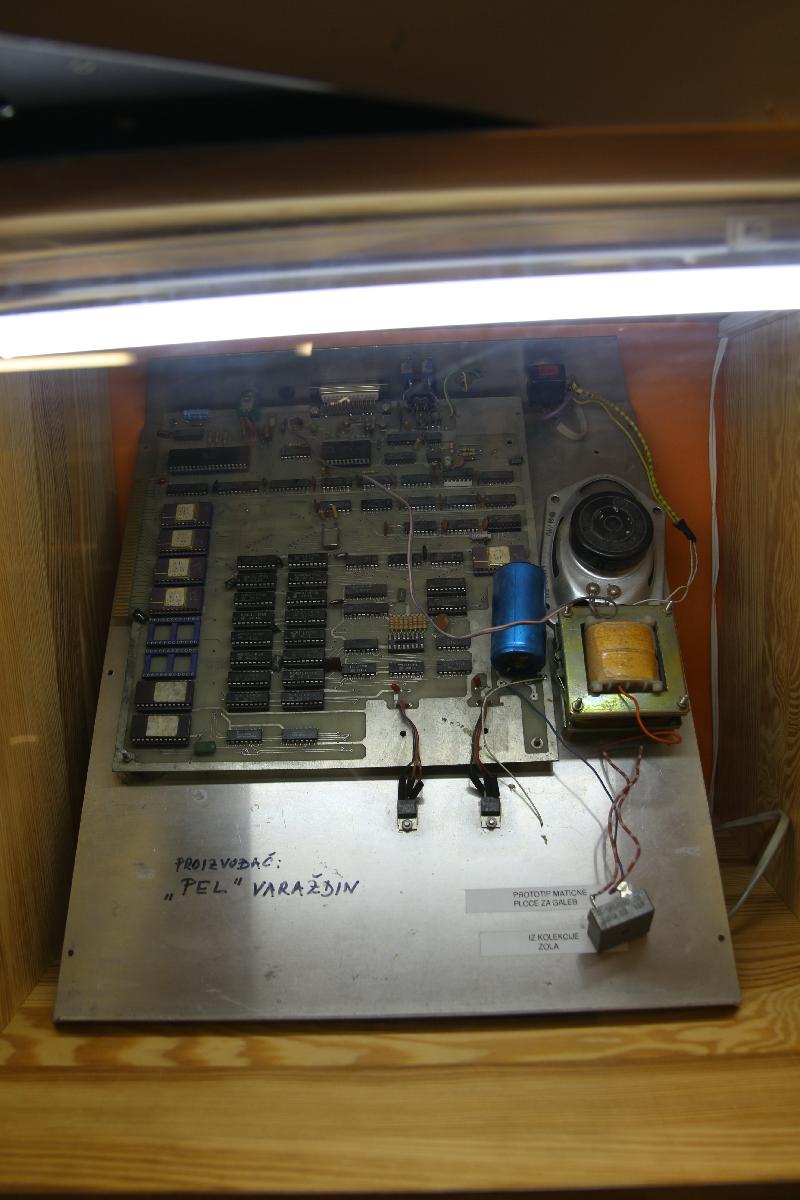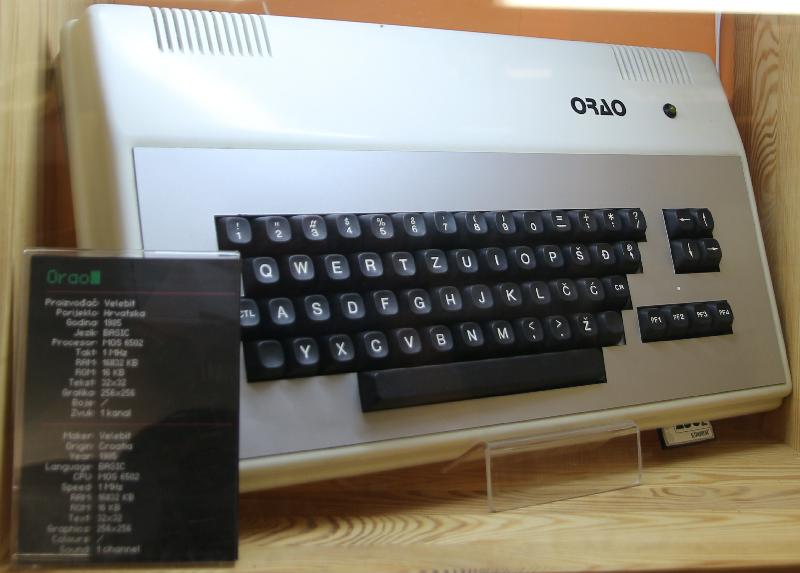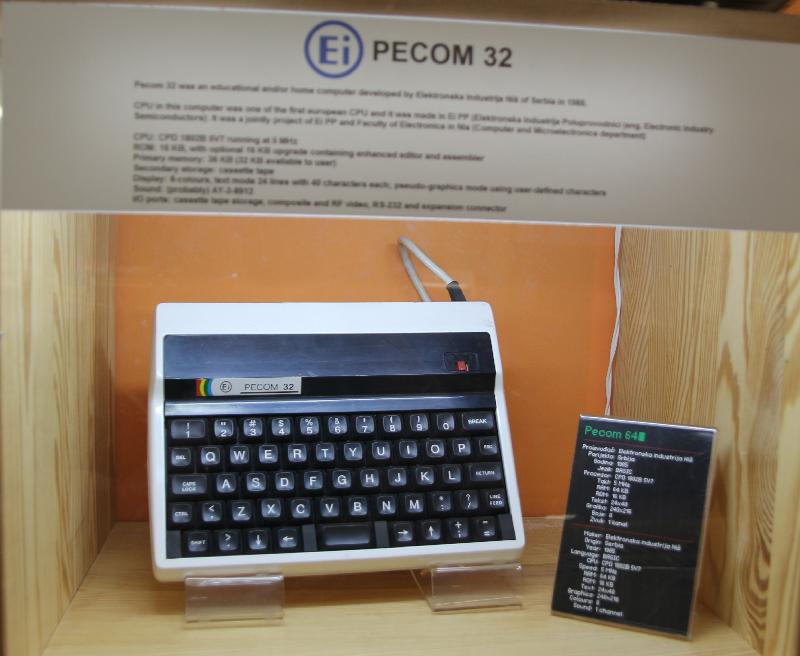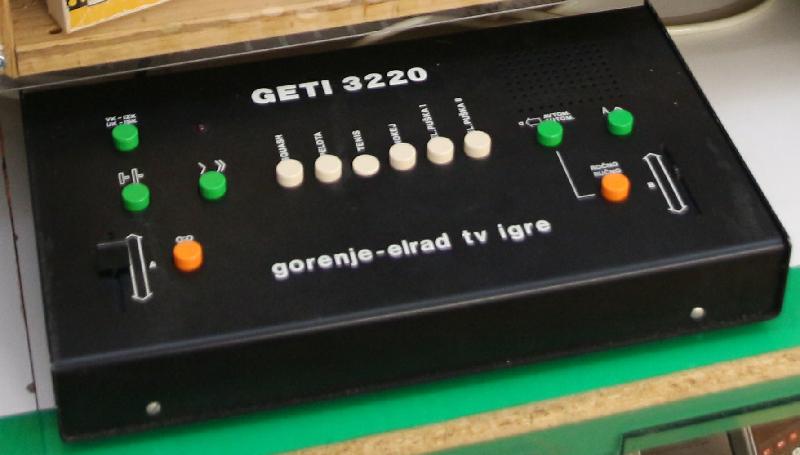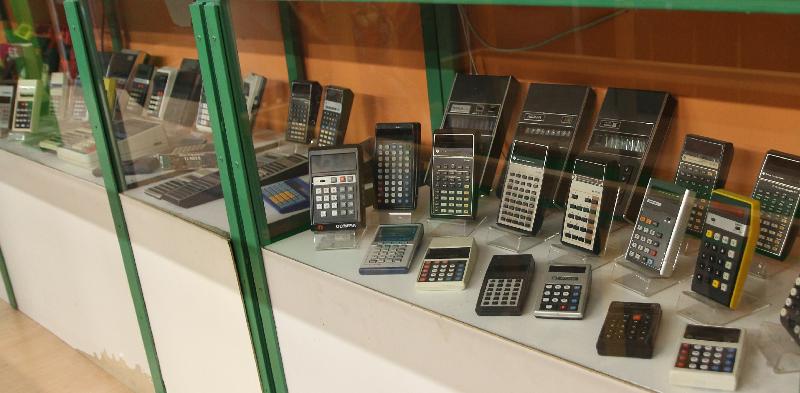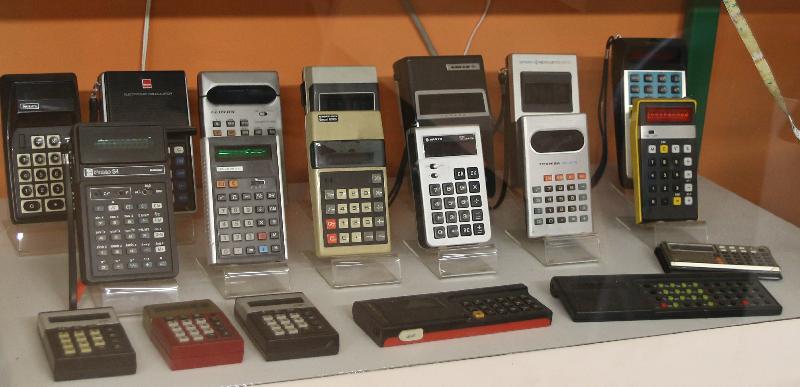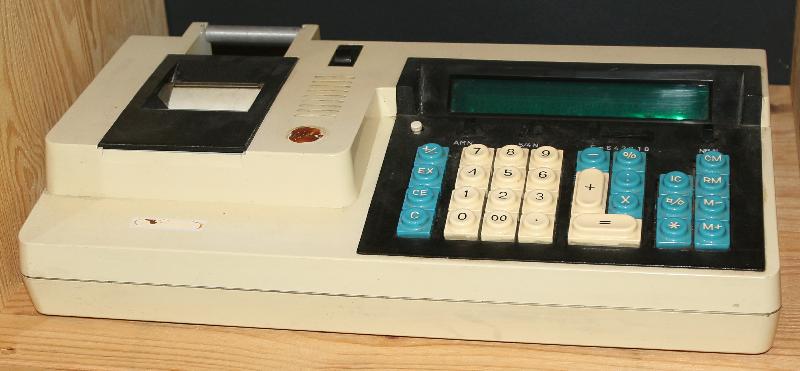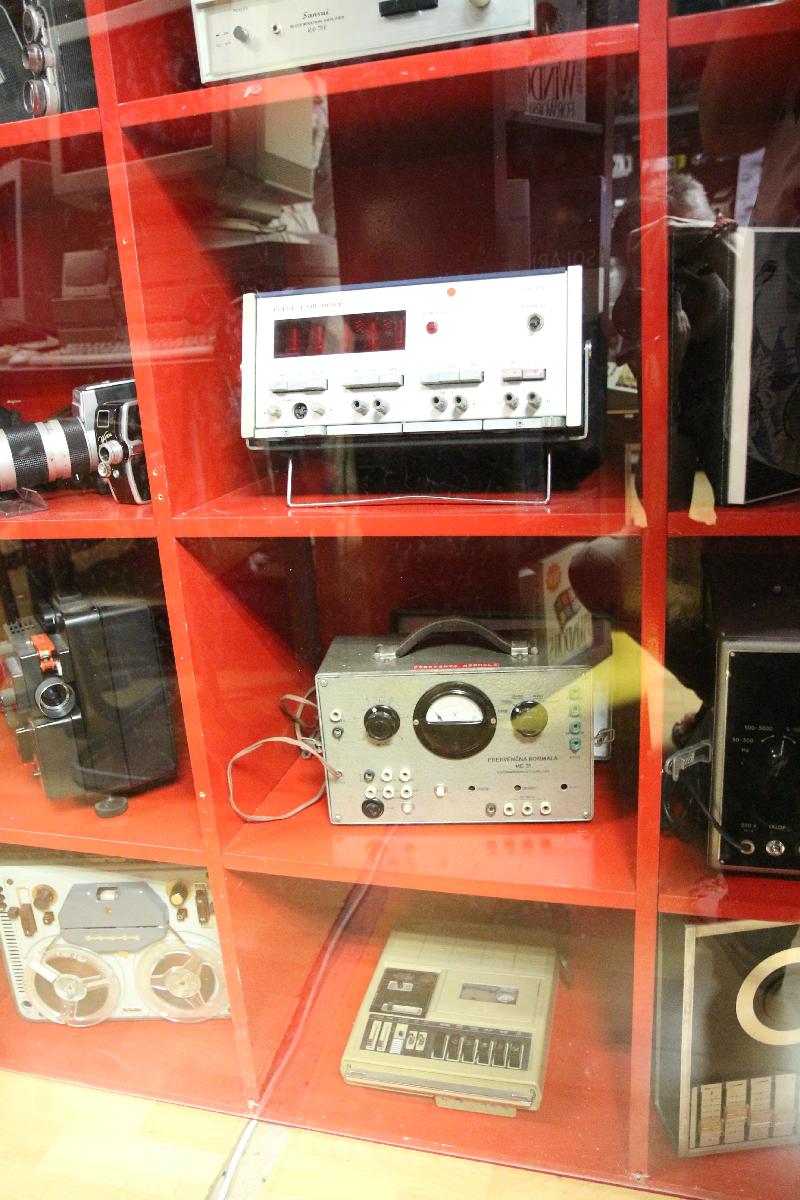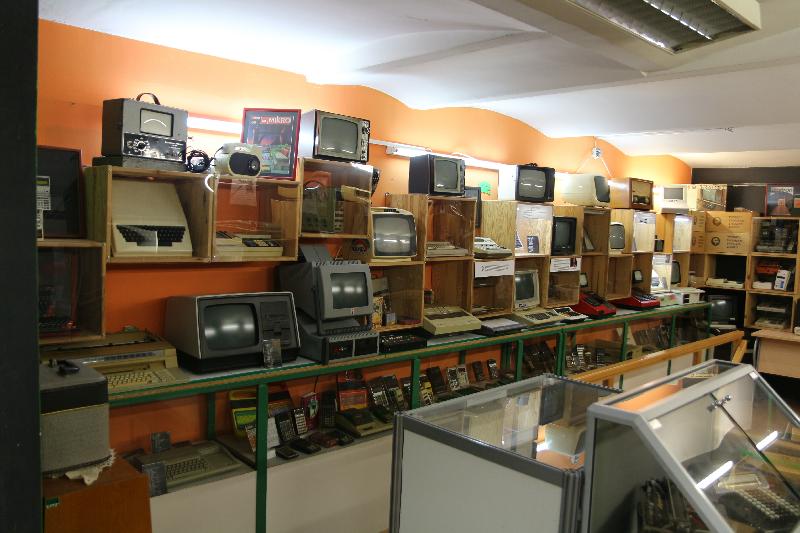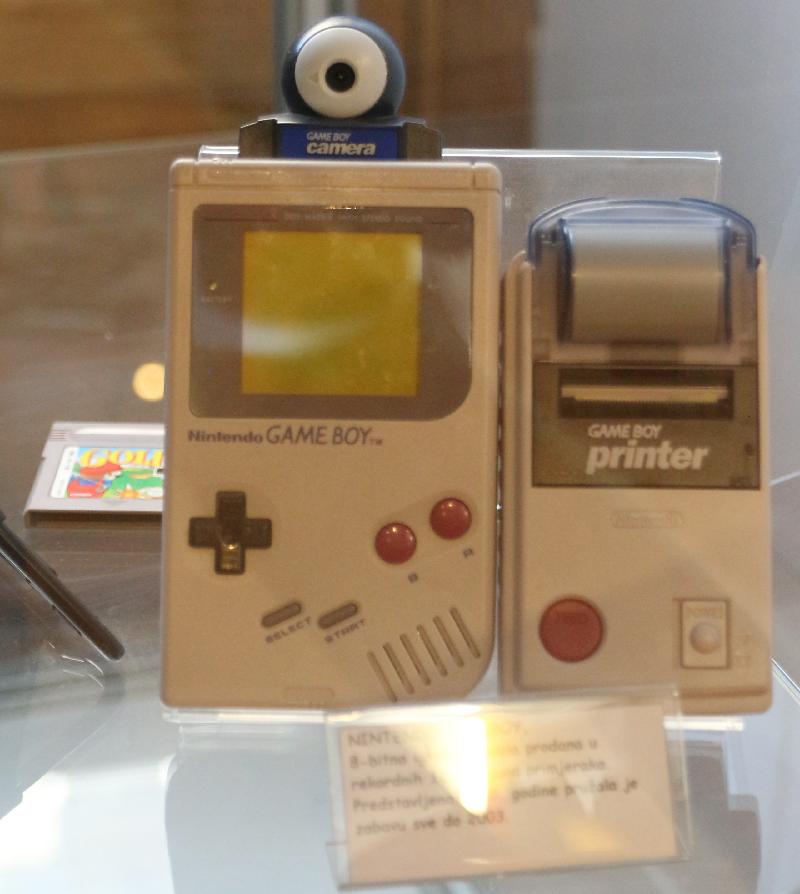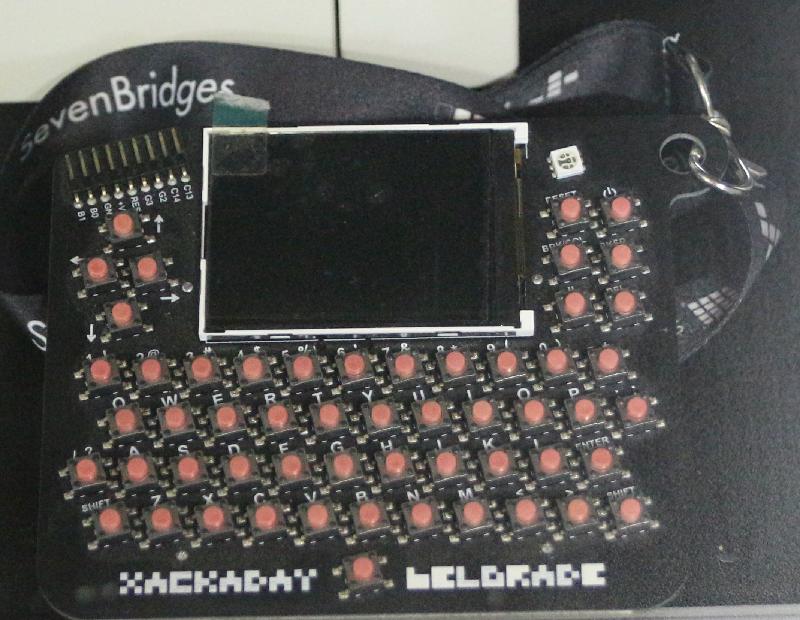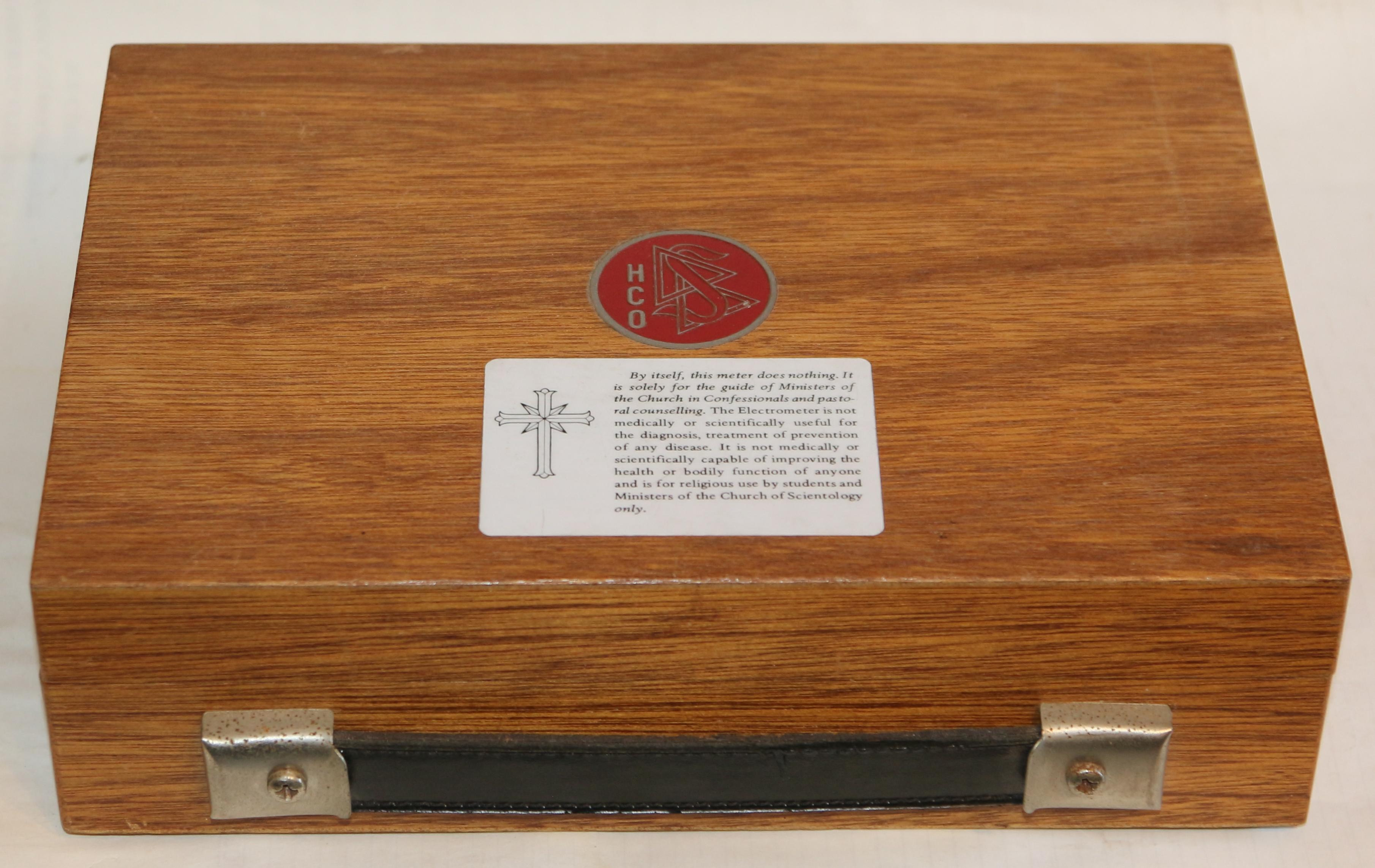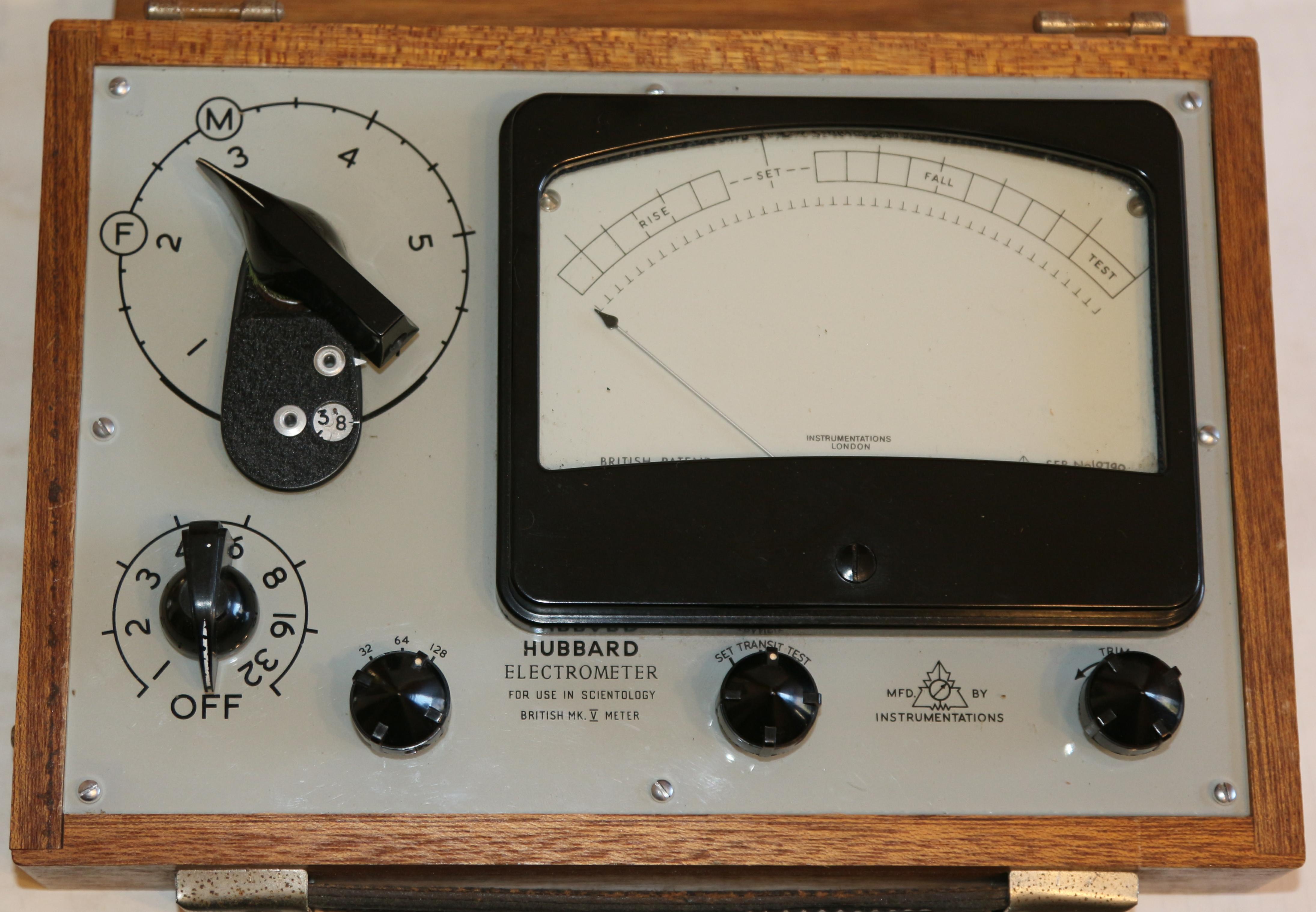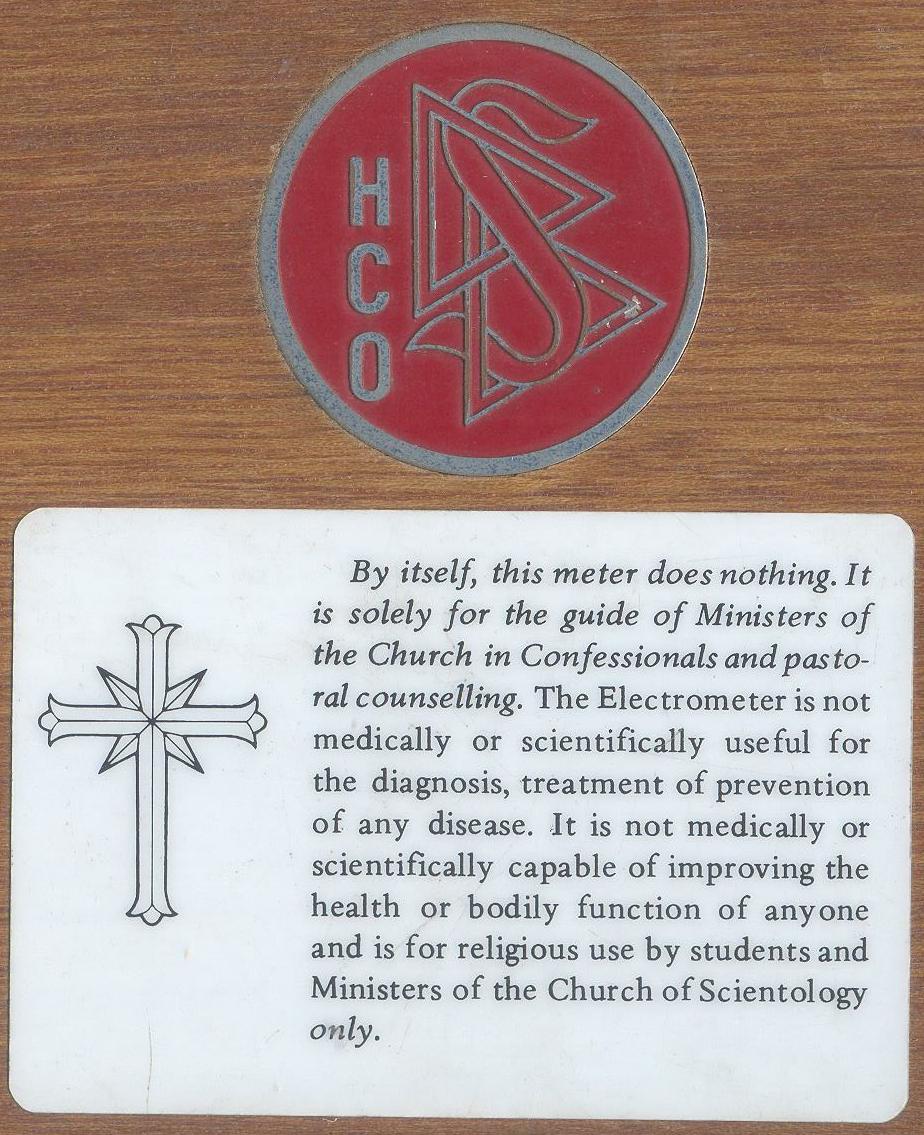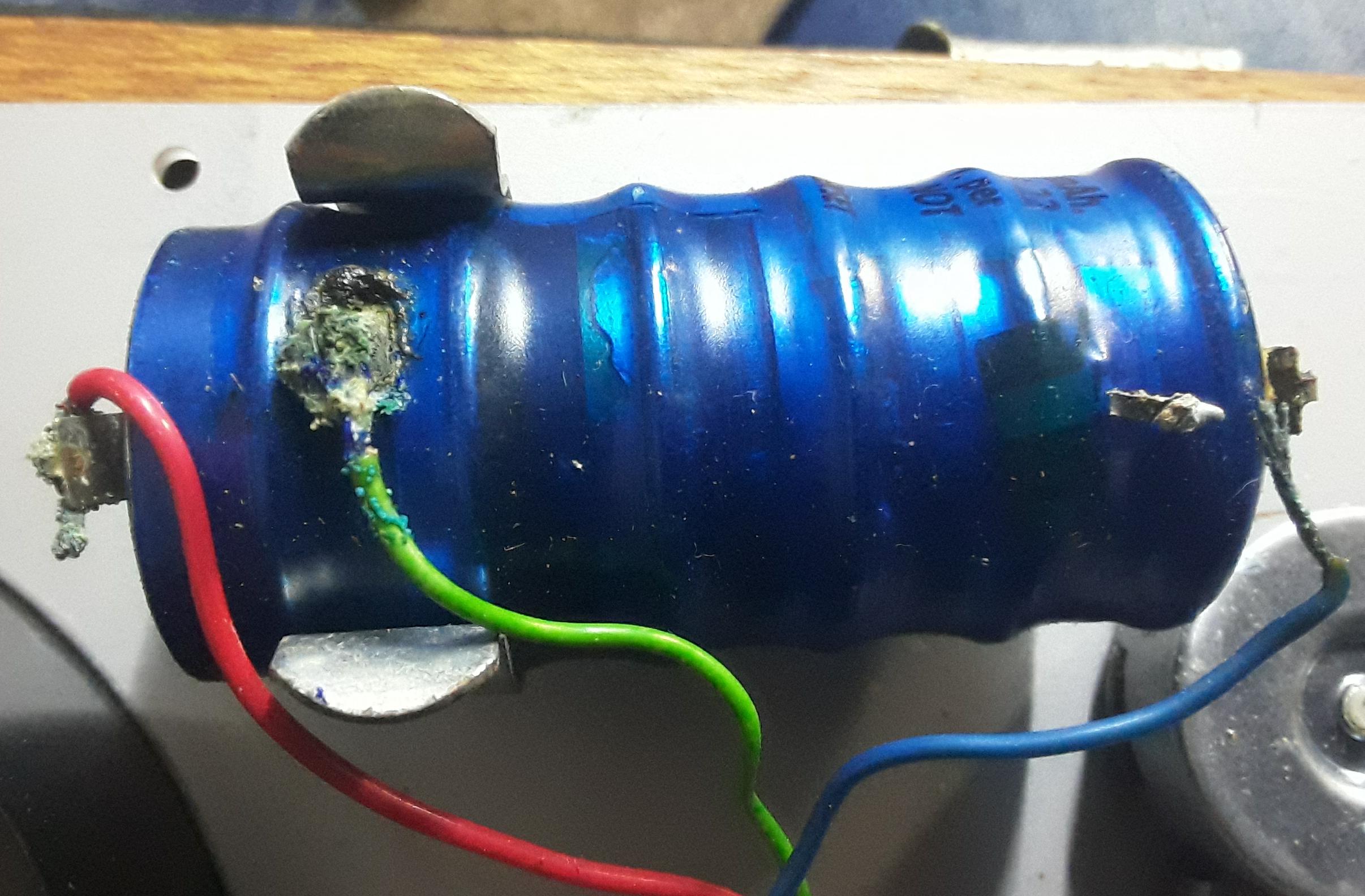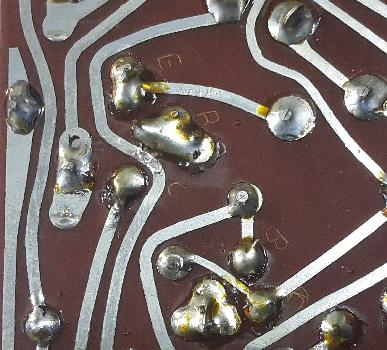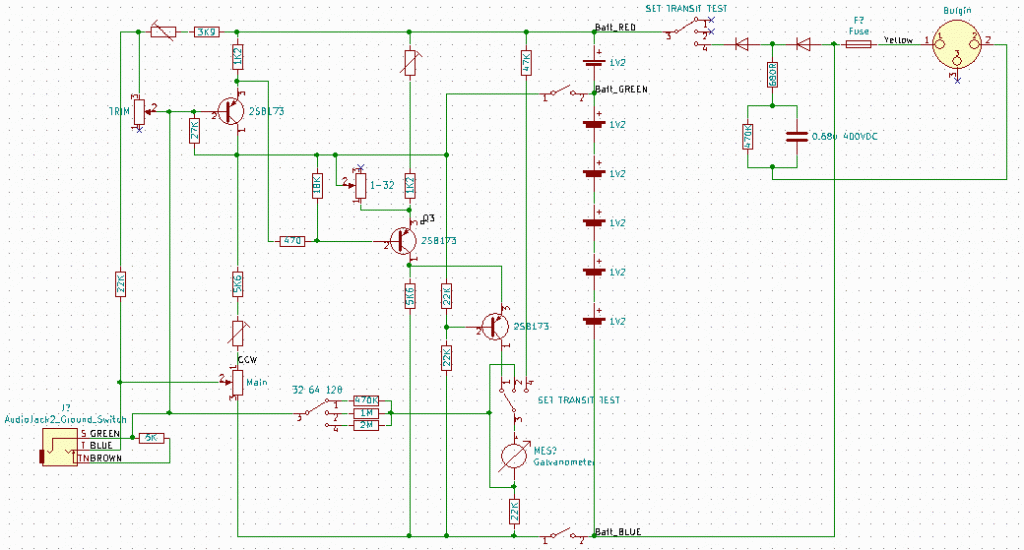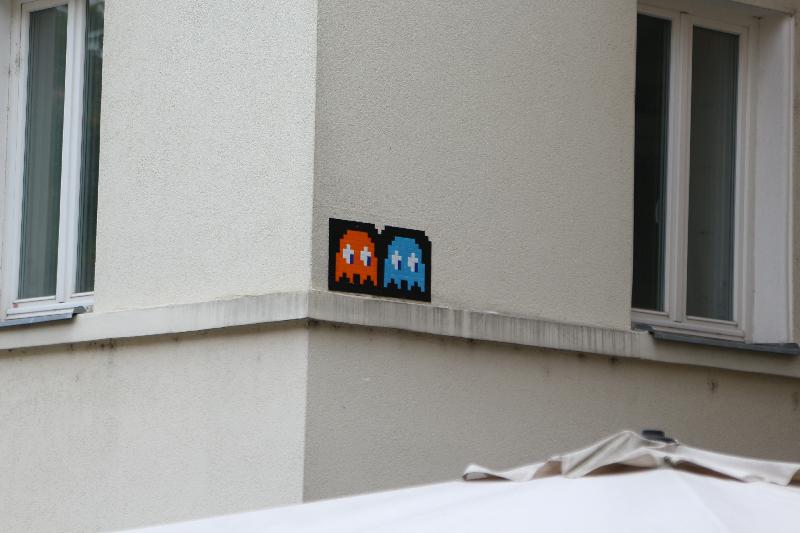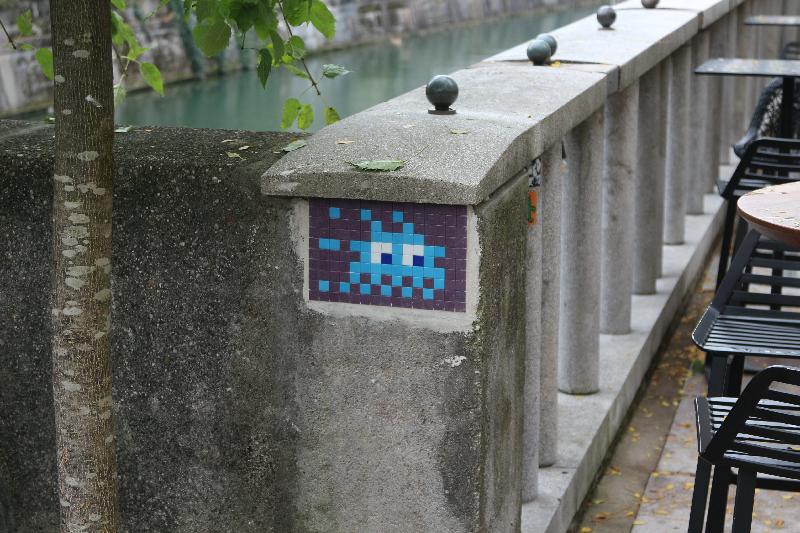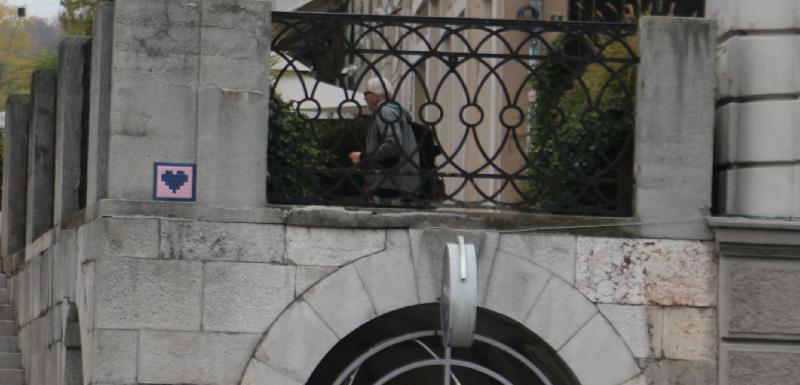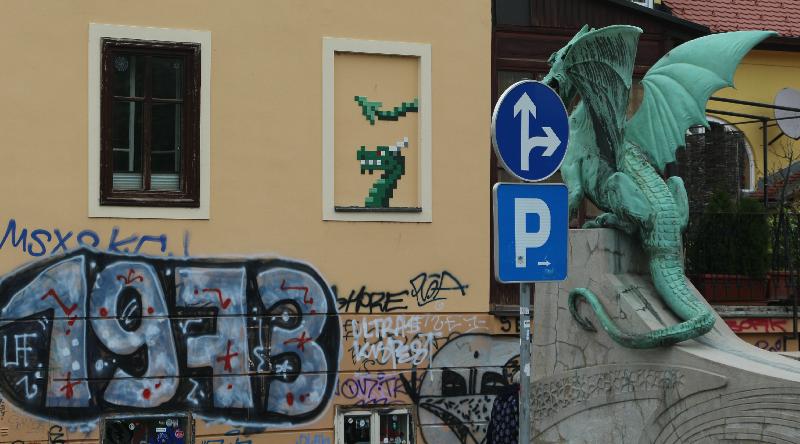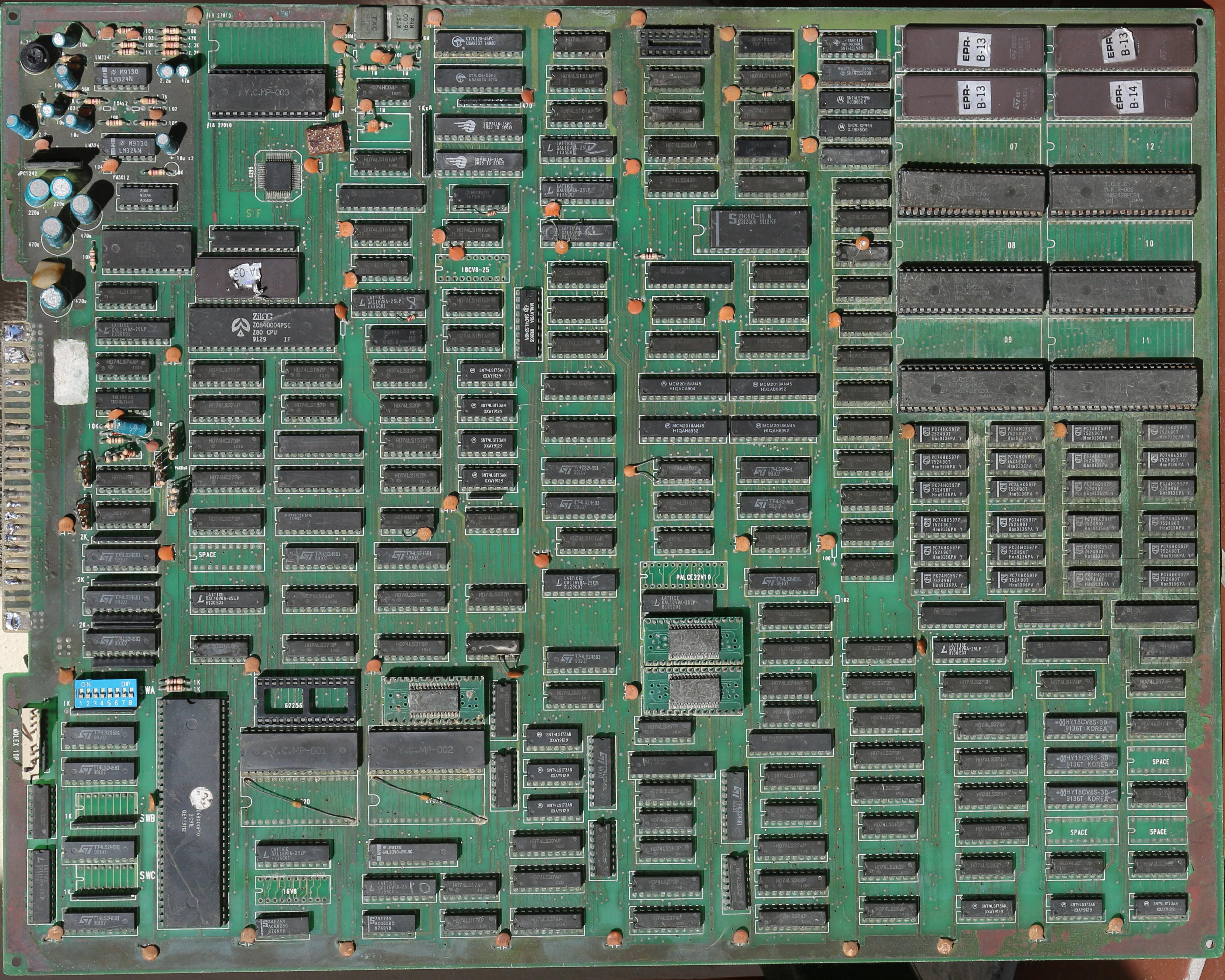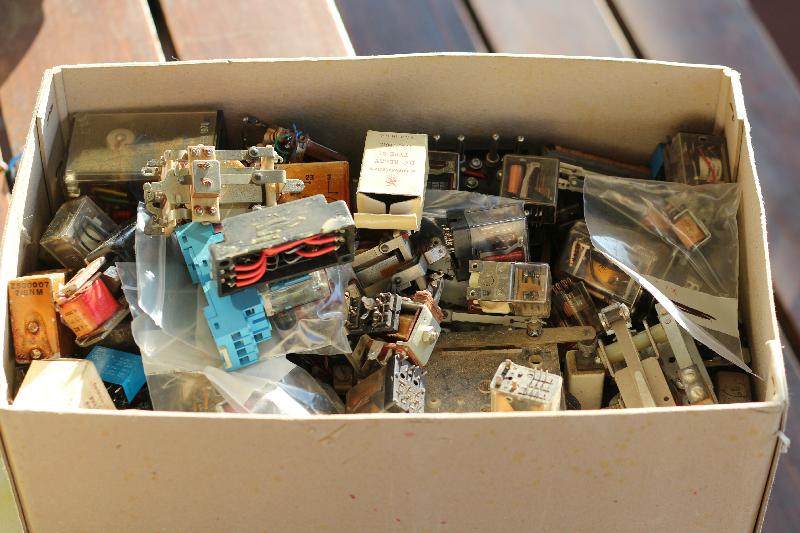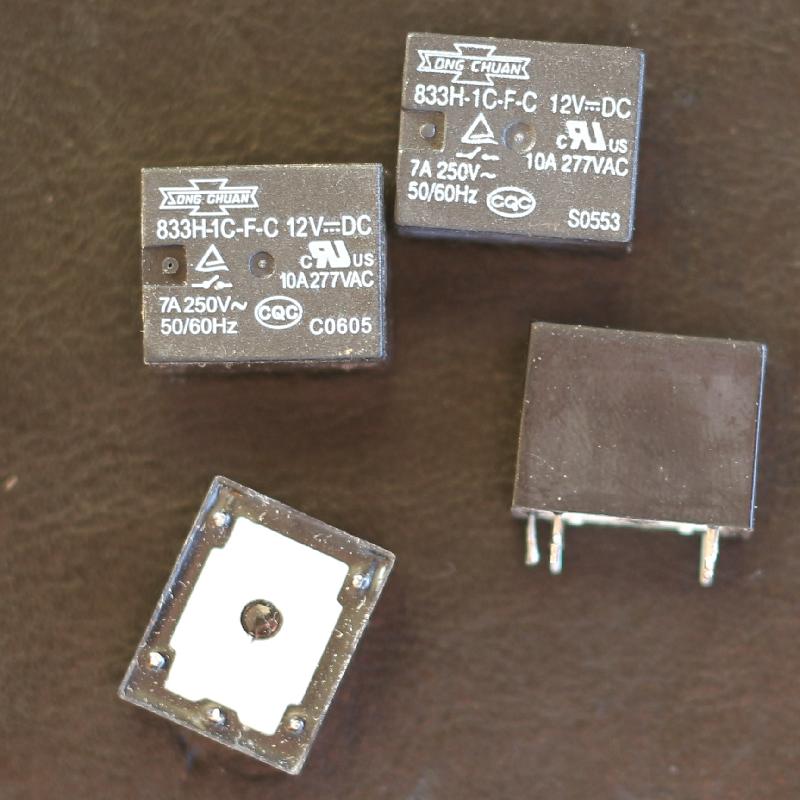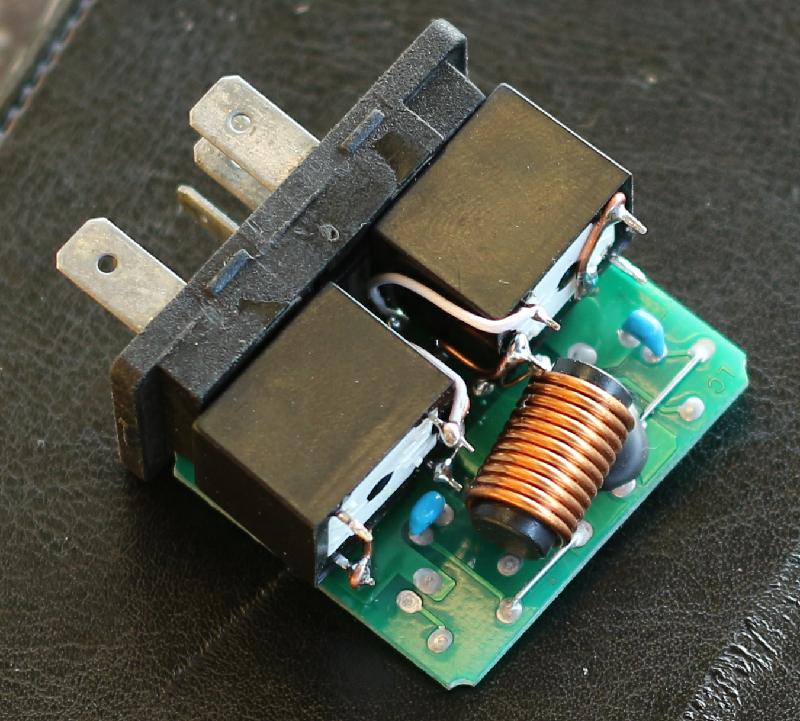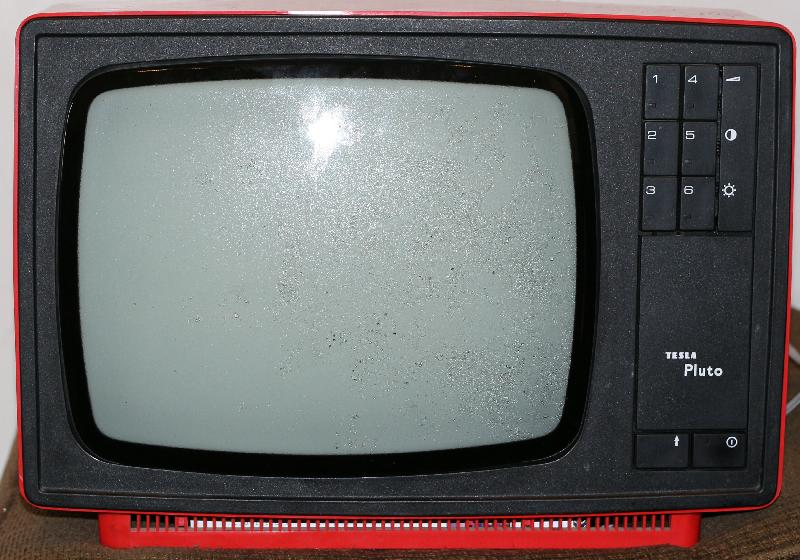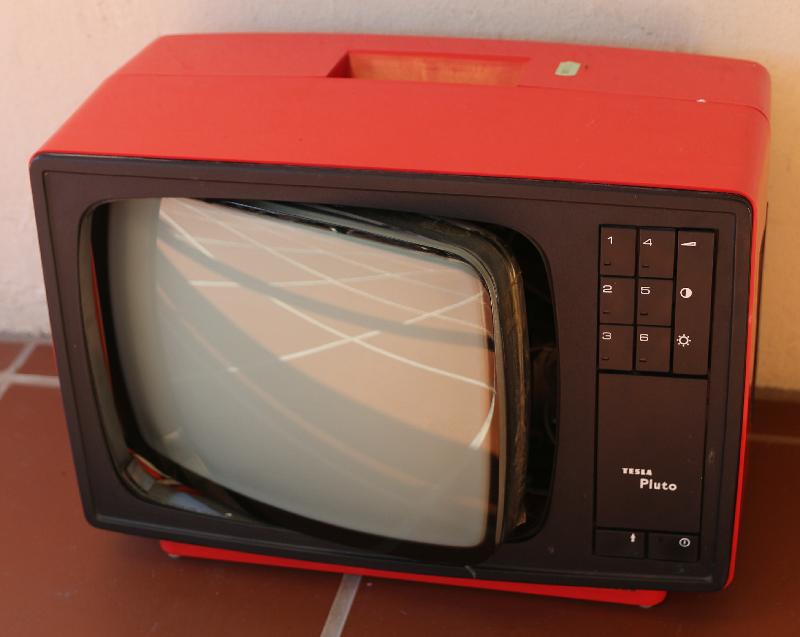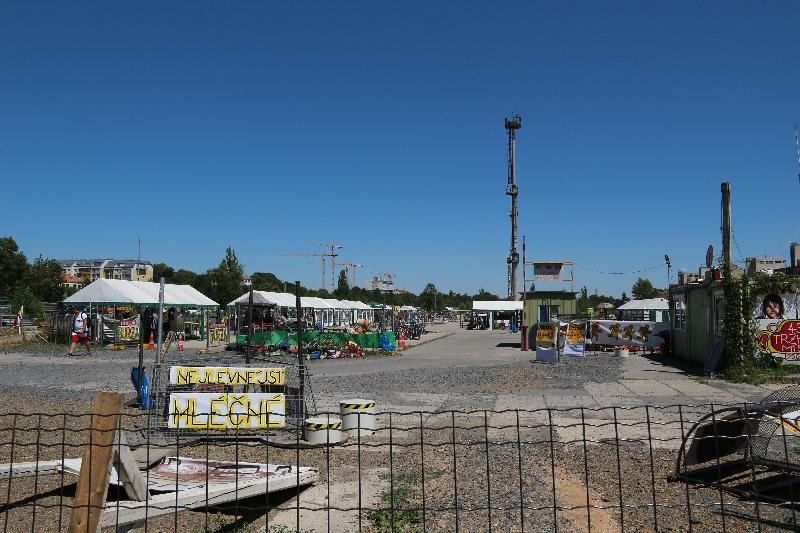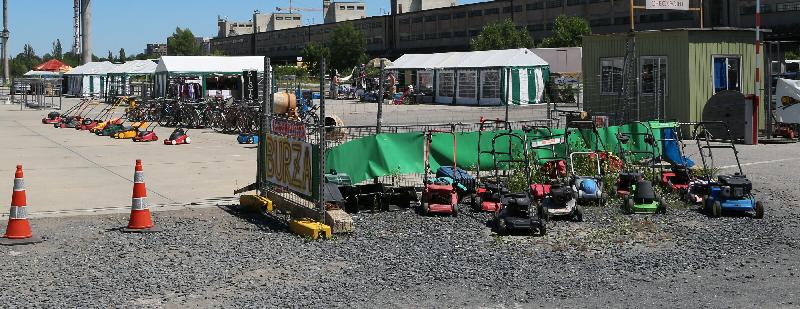Rijeka is home to quite a large computer museum (as these things go, and measured in number of computers, not floor space). You will find the expected Apple / Atari / Commodore / IBM PC and clones… but those don’t interest me so much. What is interesting is the cold war East Bloc stuff that we never got to see or experience in the West.
Unfortunately a lot of the exhibits are behind glass and don’t photograph well.
This is an Ivel Ultra, a Croatian Apple II compatible computer designed by Branimir Makanec and developed by Ivasim Elektronika (in Ivanic Grad close to Zagreb) around 1984. It has a Z-80 (for CP/M) onboard like Franklin did with the Ace 1200.
The Robik is a Soviet ZX Spectrum clone produced between 1989 and 1994 in the Ukraine.
Spica Ines: A decent keyboard for your ZX Spectrum. And a bare PCB would be easier to import as “washing machine parts” than the whole computer…
Much more interesting (and also an unavoidable self-portrait) is the Galaksija.
In 1983, Voja Antonić designed the Galaksija, using a Z-80 processor, some interesting hardware and some hectic software to render the screen directly from memory using interrupts and code that does nothing in a very specific way while using the Z-80 RAM refresh function to pipe the scan lines to the monitor.
The design was published in the October 1983 issue of Galaksija magazine (hence the name) and at least 8000 of these things were built. At least.
Several versions of the PCB has now been recreated, and there’s even a way to get graphics if you have enough memory.
Then there are the commercial “home” computers. The Galeb (“Seagull”, codename YU101) was an 8-bit computer developed by the PEL Varaždin company in the early 1980s. Only 250 were produced by the end of the summer of 1984, before being replaced by the Orao. It’s a 6502 machine “inspired by the Compukit UK101” but if this Ferguson Big Board “(C) Mikro Slovenija” is an indication, it might have been very similar indeed.
One of the Galeb prototypes.
The Orao (“Eagle”) replaced the Orao. Still 6502 based, it was developed by PEL Varaždin in 1984. It was used as a standard primary and secondary school computer from 1985 to 1991.
The Pecom 32 and Pecom 64 were 1802-based educational/home computers developed by Elektronska Industrija Niš of Serbia in 1985. Both had 32k RAM and 16k ROM, but the Pecom 64 supported colour while the Pecom 32 was B&W, as far as I can tell.
These used the standard 1802 (CDP1869 + CDP1870) VIS display system.
The GETI 3220 is an AY-3-8500-based pong game made by Gorenje, who is better known for their household appliances (our fridge in Globoka is a Gorenje).
They also have calculators.
Lots of calculators.
I have a Triumph/Adler 108T, that Triumph looks like an 81S.
I also have the exact same Tvornica Računskih Strojeva TRS612 calculator, although mine is missing a few pieces. Made in Zagreb in the seventies.
They also have TVs, and audio equipment, and cameras, and test equipment. And I have the exact same Philips PM2421 Nixie-tube multimeter (top center of pic).
They cram a lot into 300 square meters.
I knew there was a camera, but I never knew there was a printer for the Game Boy. You could take a picture, print it out (in glorious monochrome) — the electronic version of Polaroid.
A bit more modern but still historically significant — the badge for the Hackaday Conference in Belgrade, 2018.
The website mentions that they’re looking for bigger premises. I will have to go back someday.
